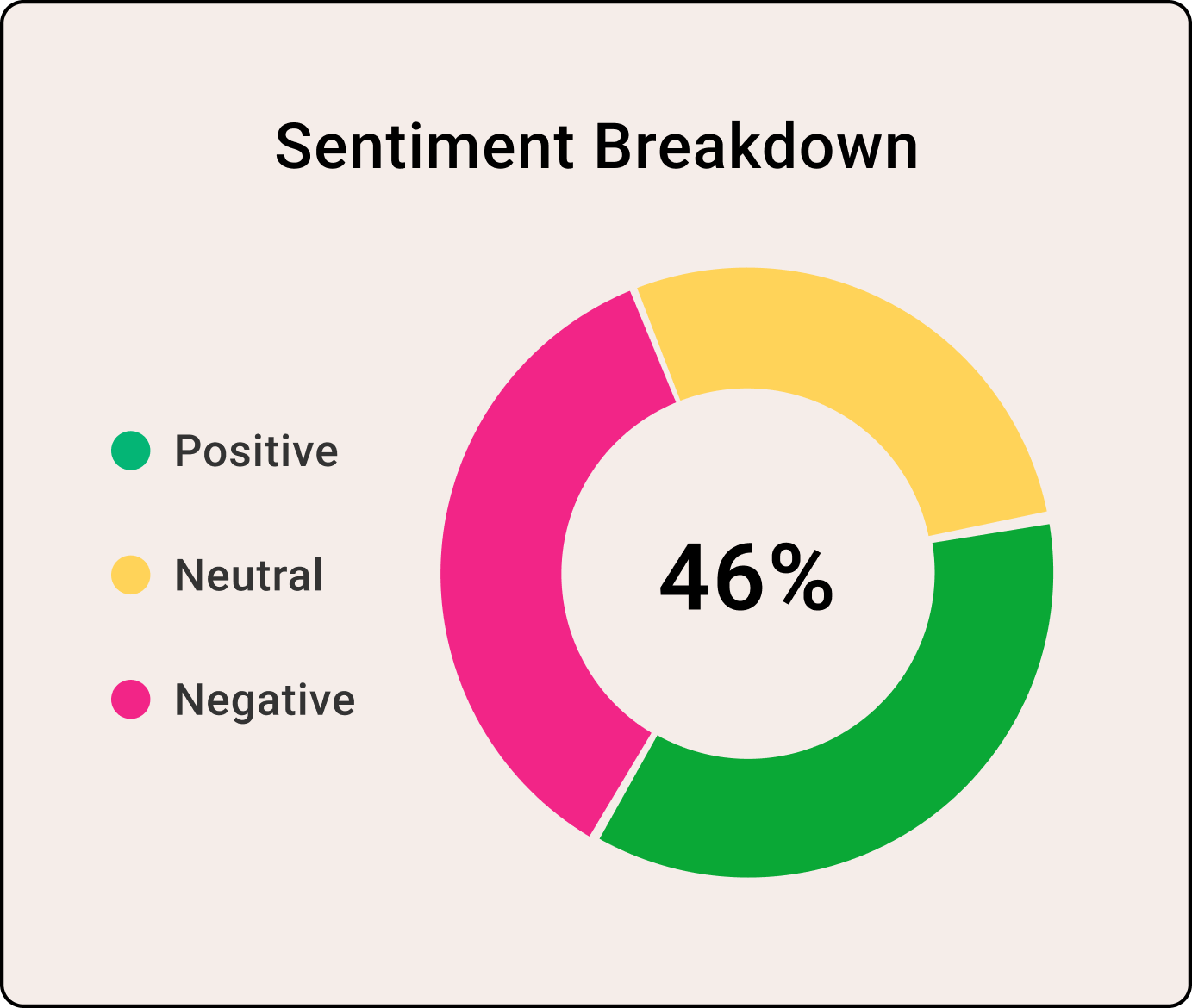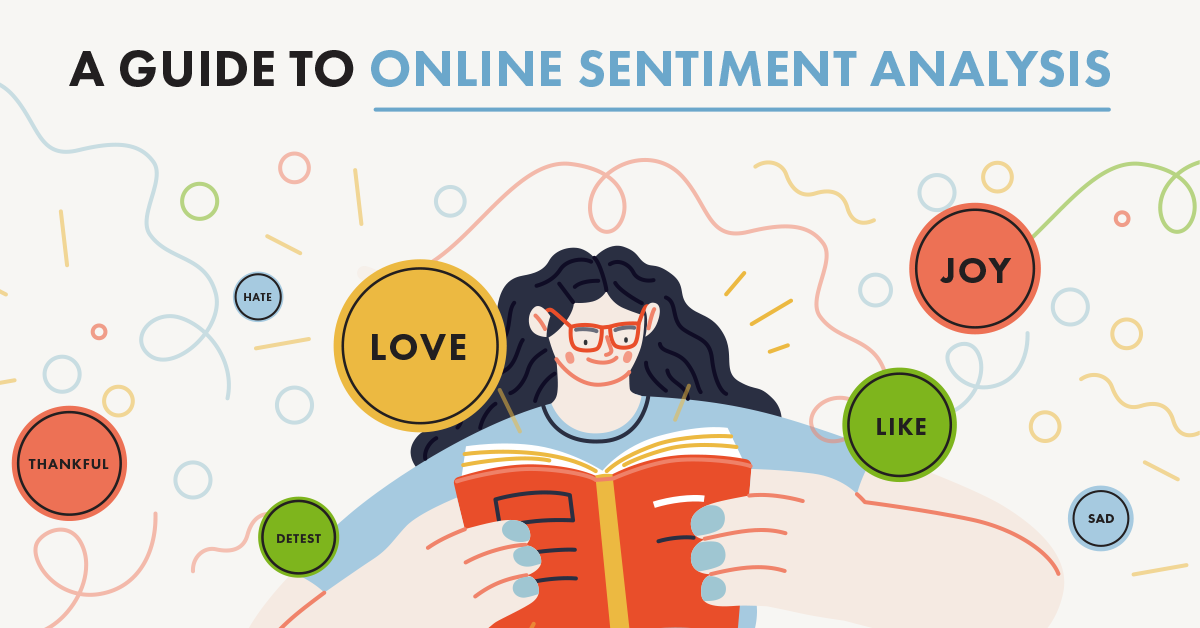In today’s digitally interconnected world, where information flows ceaselessly through the vast expanse of the internet, understanding the sentiments of individuals and communities has become paramount. Welcome to the realm of online sentiment analysis, a powerful tool that allows us to gauge the prevailing emotions and opinions expressed within the virtual realm. From businesses seeking to comprehend customer satisfaction to social scientists studying public attitudes, the insights garnered from sentiment analysis are both invaluable and multifaceted.
The Significance of Online Sentiment Analysis

The digital landscape is a treasure trove of opinions, reviews, and comments that reflect the feelings and thoughts of individuals. Online sentiment analysis empowers businesses to monitor brand perception, policymakers to gauge public reaction to policies, and researchers to study collective emotions on a global scale.
How Does Sentiment Analysis Work?
Sentiment analysis operates through a multi-step process that involves data collection, preprocessing, feature extraction, sentiment classification, and analysis. Advanced machine learning techniques enable algorithms to discern nuances in language and context, providing a more comprehensive understanding of sentiment.
Natural Language Processing: The Engine Behind Sentiment Analysis
At the heart of sentiment analysis lies Natural Language Processing (NLP), a branch of AI that equips computers to understand, interpret, and generate human language. NLP algorithms dissect language patterns, grammatical structures, and contextual cues to unravel the sentiment behind words.
Types of Sentiment Analysis
1. Fine-grained Sentiment Analysis
This level of analysis delves deeper into sentiments, categorizing them into a spectrum of emotions, such as joy, anger, sadness, and fear. Businesses can gain a nuanced understanding of customer reactions, enabling them to tailor their responses accordingly.
2. Emotion Detection
Emotion detection goes beyond polarity (positive/negative/neutral) and identifies specific emotions. This type of analysis is employed in areas like market research, where companies strive to comprehend emotional triggers that drive consumer behavior.
3. Aspect-based Sentiment Analysis
Aspect-based analysis dissects a piece of text to evaluate sentiments towards specific aspects or features. This is particularly valuable for product reviews, helping businesses identify strengths and weaknesses.
Applications of Sentiment Analysis
1. Business and Marketing
By assessing customer feedback and reviews, companies can refine their products and services, enhance customer experiences, and formulate targeted marketing strategies.
2. Social Listening
Social media platforms offer a wealth of sentiments waiting to be explored. Online sentiment analysis helps brands monitor social conversations, gauge public perception, and respond effectively.
3. Political Analysis
During elections or policy implementations, sentiment analysis can provide insights into public sentiment toward political figures or decisions, aiding politicians in making informed choices.
4. Healthcare and Public Opinion
Understanding public sentiment towards healthcare policies or medical breakthroughs can guide healthcare providers and policymakers in addressing concerns and improving healthcare systems.
Challenges and Limitations
Sentiment analysis faces challenges related to linguistic nuances, sarcasm, context, and language barriers. While algorithms have grown sophisticated, achieving human-level understanding remains an ongoing endeavor.
The Ethical Dimension
As sentiment analysis becomes more prevalent, ethical considerations arise. Protecting user privacy and ensuring unbiased analysis are crucial aspects that warrant careful attention.
Future Trends
The future holds exciting prospects for sentiment analysis, including improved multilingual capabilities, enhanced emotion detection, and the integration of sentiment analysis into AI-driven systems for real-time decision-making.
Conclusion
Online sentiment analysis has evolved into a transformative tool with far-reaching implications. It provides a window into the collective consciousness of the digital world, offering invaluable insights into diverse fields. As technology advances and sentiments continue to shape our interactions, harnessing the power of sentiment analysis will undoubtedly remain a cornerstone of informed decision-making.
If you want to explore the capabilities of sentiment analysis for your business, request a demo from AIM Technologies today!
FAQs
What is sentiment analysis?
- Sentiment analysis is the process of analyzing text to determine the expressed sentiment, whether positive, negative, or neutral.
What are the applications of sentiment analysis?
- Sentiment analysis is applied in business for market research, social listening, political analysis, and healthcare to gauge public opinion.
How does sentiment analysis work?
- Sentiment analysis employs algorithms that analyze language patterns, contextual cues, and emotional indicators to classify sentiments.
What challenges does sentiment analysis face?
- Sentiment analysis encounters challenges in understanding sarcasm, context, and linguistic nuances, striving for human-level comprehension.
What does the future hold for sentiment analysis?
- The future promises improved multilingual capabilities, enhanced emotion detection, and integration into AI-driven decision-making systems.




